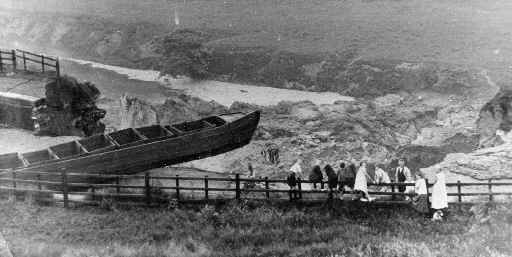I find this fascinating. Someone did an article about it in ST and it really got me into it. Our trails here are really interesting. We have two things, iron ore trails and charcoal trails. These date back to 1700´s when this part of the world produced massive amounts of iron, thanks to 3 things. Firstly we are on the coast so you have transport, secondly we have very shallow iron ore deposits and thirdly we have a large forests to supply the charcoal to refine the iron. It´s left us with a maze of trails, some lost which I spend time recovering, and some still used. The charcoal was carried out on horseback so those trails can be steeper and twistier and they pass through the circular depressions where they burned the charcoal. The iron trails tend to be shallower because the iron was heavier I guess so they needed easier trails. We still pass through ruined buildings, both from the workers, owners and also from the refineries.
In the Pyrenees we have a different history. They were market trails linking villages. In the early 20th century those villages were largely abandoned as people moved for an easier life in the towns but the web of trails remains. On one hill we have a church 1000m up a mountain, with 6 villages round the base. Each village connects to the next village with trails and also each to the top with trails.
I get really excited by it all. Sad I know.



